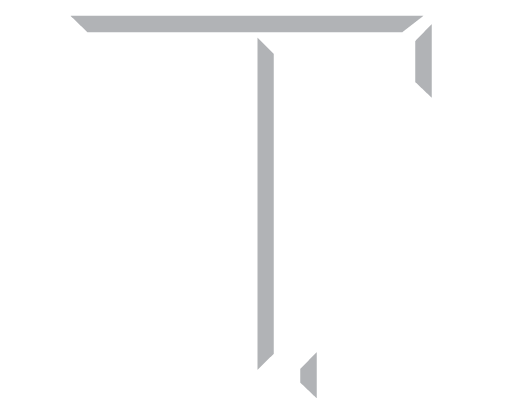Building Sustainable Projects
This page provides a list of resources for building a sustainable DH project.
See our DH Community Announcements – Publications page for recently published digital resources.
Project Resiliency in the Digital Humanities, DHQ: Volume 17, Issue 1 (2023)
This issue of Digital Humanities Quarterly (DHQ) by Martin Holmes, J. Matthew Huculak, and Janelle Jenstad argues that there is work to be done in getting Digital Humanities projects to the point of being archivable in the same way that libraries preserve books. This issue brings together leading DH scholars to present the following articles:
-
- "Introduction to Special Issue: Project Resiliency in the Digital Humanities" by Martin Holmes, J. Matthew Huculak, and Janelle Jenstad
- "The Stories We Tell: Project Narratives, Project Endings, and the Affective Value of Collaboration" by Claire Battershill
- "'No Boutique or Fashionable Technologies': Project Development, Mentorship, and Sustainability in an Innovation-First World" by Constance Crompton
- "Academics Retire and Servers Die: Adventures in the Hosting and Storage of Digital Humanities Projects" by James Cummings
- "The Dangers of Disappearance, the Opportunities of Recovery" by Sara Diamond
- "Doing it for Ourselves: The New Archive Built by and Responsive to the Researcher" by Nick Thieberger
- "'Follow the Money?': Funding and Digital Sustainability" by Jessica Otis
- "From Tamagotchis to Pet Rocks: On Learning to Love Simplicity through the Endings Principles" by Martin Holmes and Joey Takeda
- "Reference Rot in the Digital Humanities Literature: An Analysis of Citations Containing Website Links in DHQ" by Zach Coble and Jojo Karlin
- "The Project Endings Interviews: A Summary of Methodological Foundations" by Emily Comeau
- "More than Distant Viewing: Qualitative Views on Machine Learning as an Automated Analysis Method in Networked Climate Image Communication" by Paul Heinicker, Janna Kienbaum, and Birgit Schneider
- "Whitman Tracked Between Editions, Rossetti as a Complex Subversive, and the Collective Sense of Authorship: A Mixed Methods Accounting of a Hyperlinked 'Calamus'" by David Thomson
- "Radically Accessible Shakespeare: Cripping the Digital Shakespeare Canon through Universal Design and Disability Studies" by Christine M. Gottlieb
- "Tiresias: A Novel Approach for Mining Book Indices" by Moshe Blidstein
- "'The Page Is an Image Again:' Bleedmapping as an Analysis Technique for Historical Newspapers" by Quintus van Galen
- "The case of the golden background, a virtual restoration and a physical reconstruction of the medieval Crucifixion of the Lindau Master (c. 1425)" by Liselore Tissen, Sanne Frequin, and Ruben Wiersma
- "A Keyword Analysis of 'Climate Change' in Contemporary Literary Studies, 2000-2022" by Matt Morgenstern
Special Issue: Open, Digital, Collaborative Project Preservation in the Humanities, IDEAH: Volume 3, Issue 5 (2023)
This special issue, edited by Luis Meneses, is a brief collection of paper submissions from the Open, Digital, Collaborative Project Preservation in the Humanities (Virtual) Conference in June 2021. The articles approach project preservation from unique perspectives and look to answer the following research questions:
-
- How can we create viable, sustainable pathways for open, digital scholarship?
- How can we design, implement, and document the best practices for the development of open, social, digital projects in the arts and humanities?
- How can we amplify the positive aspects of collaboration to magnify the contribution and streamline the development of digital projects?
- How can we preserve these environments in ways that speak to the needs of our communities and are open, collaborative, effective, and sustainable?
The Socio-Technical Sustainability Roadmap
The Socio-Technical Sustainability Roadmap (the “Roadmap” or the STSR), developed by The Visual Media Workshop at the University of Pittsburgh, is described as "a module-based workshop intended to help you and your team approach the seemingly daunting task of sustaining your digital humanities project over time."
The modules of the Roadmap are categorized into three sections: Section A is designed to help you scope your project, its vision, and its sustainability goals; Section B provides templates for documenting your staff and your technologies, including their sources of funding; Section C helps you create a list of concrete sustainability actions to be taken.
